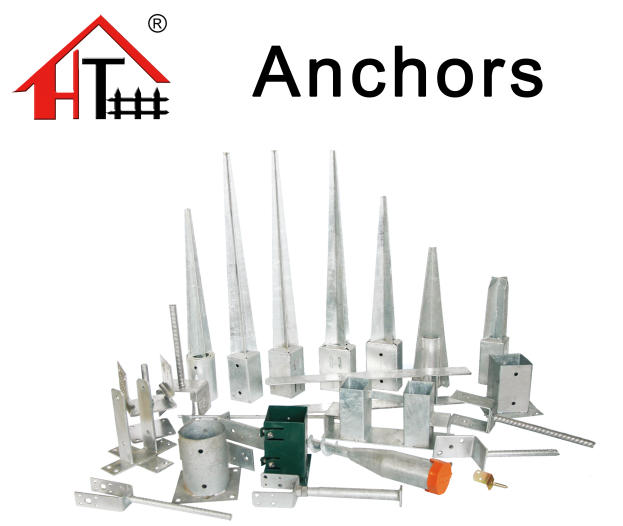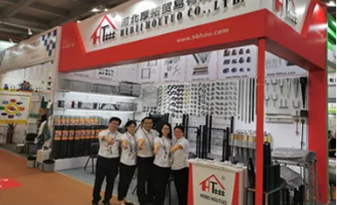Expanded Metal Mesh for Plastering A Comprehensive Overview
Expanded metal mesh, often referred to as expanded metal or simply expanded mesh, has become an indispensable component in the construction and plastering industries. This versatile material, manufactured by slitting and stretching metal sheets, produces a mesh structure that is lightweight yet remarkably strong. Its unique properties make it an ideal choice for various applications, particularly plastering.
Benefits of Using Expanded Metal Mesh in Plastering
One of the primary benefits of expanded metal mesh is its ability to provide excellent support for plaster applications. When applied to walls or ceilings, expanded metal mesh creates a robust base that enhances the adhesion of plaster, ensuring that it does not crack or crumble over time. This increased surface area facilitates better bonding with the plaster, which is essential for achieving a smooth, durable finish.
Additionally, expanded metal mesh enhances the overall durability of plastered surfaces. Traditional methods, such as directly applying plaster to drywall or masonry, can lead to issues such as cracking and peeling, particularly in areas subjected to vibration or temperature fluctuations. The inclusion of expanded metal mesh helps distribute these stresses evenly across the surface, reducing the likelihood of damage and prolonging the lifespan of the plastered area.
Versatility and Applications
Expanded metal mesh is not only confined to interior plastering applications; it is also widely used in exterior projects. It serves as a reinforcement layer for stucco applications, providing an added level of strength and support. This is crucial in regions with harsh weather conditions, where exterior surfaces are exposed to moisture, freeze-thaw cycles, and other environmental stressors. By reinforcing the stucco with expanded metal mesh, builders can significantly improve its performance and longevity.
expanded metal mesh for plastering

Moreover, the versatility of expanded metal mesh extends to various building materials. It can be used alongside concrete, masonry, gypsum board, and other substrates, making it a popular choice in a diverse range of construction projects. Whether it’s for residential, commercial, or industrial applications, the adaptability of expanded metal mesh ensures that it can meet the specific requirements of any plastering task.
Installation and Maintenance
The installation of expanded metal mesh is a straightforward process. Typically, it is cut to size and attached to the underlying substrate using screws, nails, or adhesives, depending on the project requirements. Once securely fastened, plaster can be applied directly over the mesh, allowing for a seamless integration into the overall design.
Maintenance of plastered surfaces utilizing expanded metal mesh is relatively simple. Regular inspections can help identify any potential issues early on, such as cracking or moisture intrusion. Addressing these concerns promptly can help maintain the integrity of the plaster and the underlying mesh support, ensuring a long-lasting finish.
Conclusion
In summary, expanded metal mesh for plastering offers numerous advantages that contribute to the strength, durability, and aesthetic appeal of plastered surfaces. Its ability to enhance adhesion, distribute stress, and withstand environmental factors makes it a preferred choice among builders and contractors. As the construction industry continues to evolve, the role of expanded metal mesh will undoubtedly remain significant, helping to create resilient and beautiful spaces for decades to come. Whether for interior walls or exterior facades, this remarkable material continues to stand out as a trusted solution in plastering applications.
















